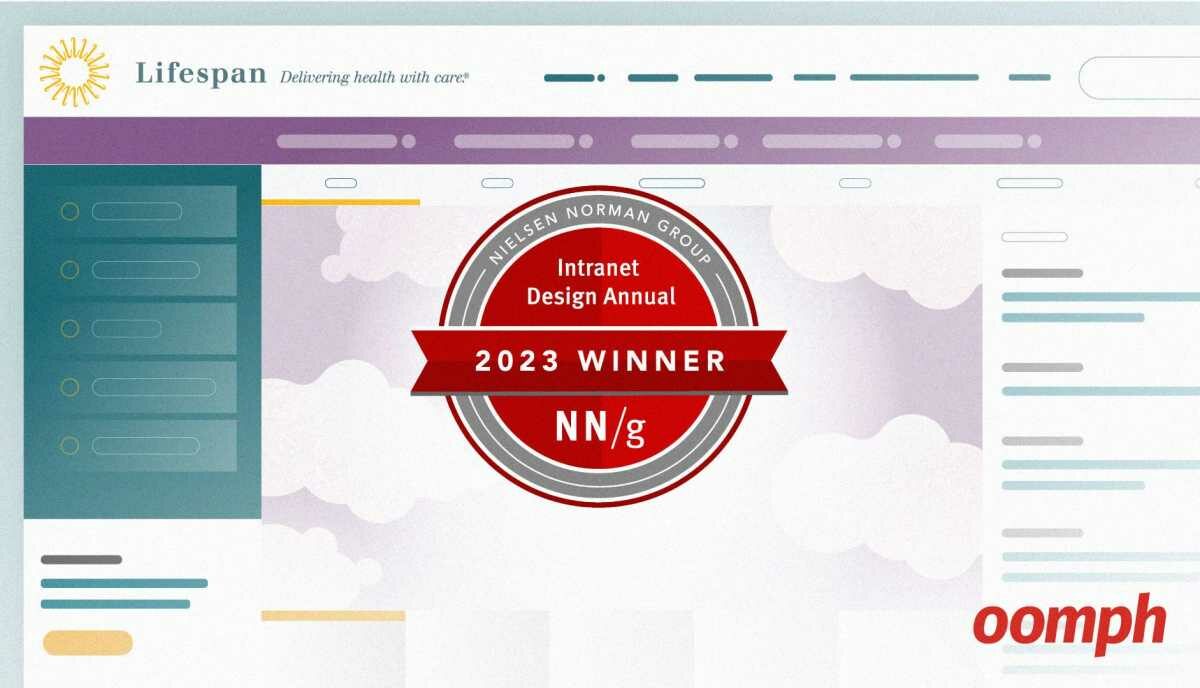Why an Accessible Website Is Important and How to Attain Inclusion
Have any of these scenarios happened to you?
- You are trying to use an App or website with just one hand because you have something in the other hand that you can not put down. You wish the interface was easier to use with just your thumb
- You want to watch a video but you are located in a quiet location and you have forgotten your headphones. You wish the video had closed captioning
- You want to read an article on your mobile device but the type is just too small and you can’t easily change it
- You are trying to read an article but the color of the typeface is too washed out and gray. Your eyes start to feel strained while you are reading it
- You are trying to fill out an online form but the error messages are not helping you figure out what you did wrong
If you answered yes to any of these, then you have been the victim of poor user experience and poor accessibility. Someone along the way thought the people who would use their website are two-handed, with perfect eyesight, able to listen to something as loud as they want on a nice large device that is easy to use and adjust. They didn’t think about the myriad of scenarios where conditions are imperfect and the people using their website are not the ideal (and non-existent) individual.
They didn’t think about real humans. Let’s not continue to make those mistakes.
You might have heard the words “website accessibility“ in the news or around the office. In this presentation, we discussed what it means, why it’s important, who it affects, and how anyone can start to make little changes with a large impact. What does it mean to have an accessible website, what does good accessibility looks like, and what is the return on investment for organizations that have a large technical debt to overcome?
Inclusion is not just a buzzword, it has been the promise of the web since its inception. By ignoring the needs of different users we are not only being bad net-citizens we also reduce the pool of people that could benefit from our content and products.
Watch the Webinar Video and subscribe for more on YouTube
This recording was made of a presentation given to the Association of Marketing Professionals, Rhode Island, on February 11, 2020.



